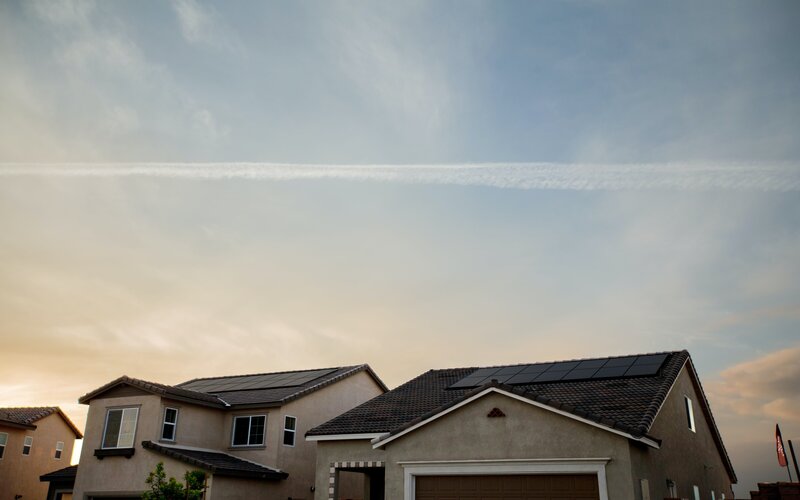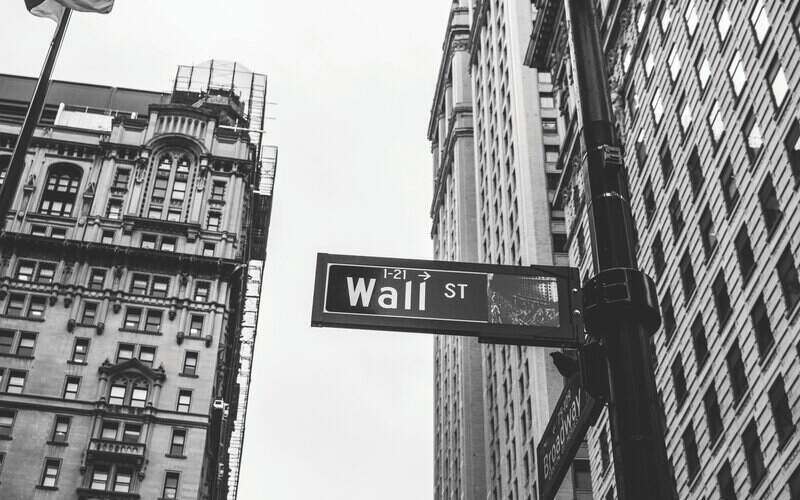This largely wiped out the growth made over the March and June quarters.
Annual growth, however, was 3.9% but output is still 0.2 percentage points below pre-covid 2019 levels.
The technical definition of a recession is two consecutive quarters of negative GDP growth - Australia looks likely to avoid this with a projected rebound in the December quarter.
ABS' acting head of national accounts, Sean Crick, said domestic demand drove the fall.
"Prolonged lockdowns across NSW, Victoria and the ACT result[ed] in a substantial decline in household spending," Mr Crick said.
"The fall in domestic demand was only partly offset by growth in net trade and public sector expenditure. GDP in the September quarter 2021 was 0.2% below the December quarter 2019 pre-pandemic level."
A tale of two Australias
Private demand detracted 2.4 percentage points from the GDP figure, with a 4.8% fall in household consumption.
This was led by household spending falls in NSW, ACT and Victoria, falling 8.4% collectively, as opposed to other states' spending which rose 0.7%.
What were the economists saying?
ANZ economists tipped a steeper contraction at 2.8% for the quarter, but senior economist Felicity Emmett said the September quarter figures are "old news".
"While they give us a detailed starting point for the economic recovery, markets are rightly focussed on the rebound in the current quarter and the risks to the broader outlook," Ms Emmett said.
Westpac had forecast a 2.5% contraction, but its senior economist Andrew Hanlan pointed to some upsides in the economy.
"The upside surprise on hours worked for Victoria, official estimates report that construction work in Victoria rebounded by a strong 5.8% in the quarter - despite the lockdown," Mr Hanlan said.
"That is in stark contrast to NSW, with work down by a sharp 8.1%. It appears to be 'a tale of two different delta lockdowns'."
Barclays economists had the economy contracting 2.7%, and said the RBA will continue with its scheduled slowing of purchasing Government bonds.
"[The RBA will] end purchases by mid-2022 before embarking on rate hikes from November 2022," they said.
Indeed Asia-Pacific economist Callam Pickering said the GDP results were "ugly" but better than anticipated 'market median' forecast of a 2.7% contraction.
"[This result] also no longer reflective of the Australian economy. The data flow through October and November indicates that the impact of these lockdowns are unlikely to linger," Mr Pickering said.
Photo by Thandy Young on Unsplash

.jpg)

 Denise Raward
Denise Raward


 Rachel Horan
Rachel Horan


